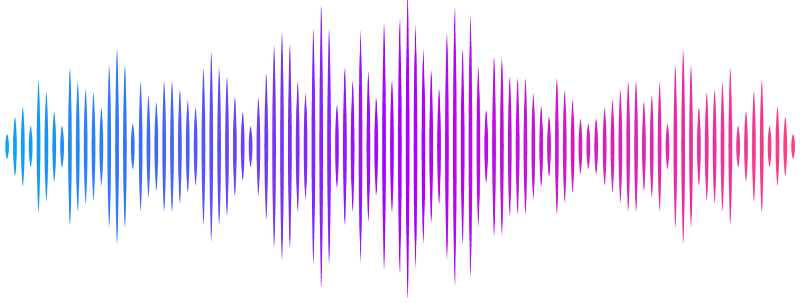Differences in size and number of embryonic type-II neuroblast lineages are associated with divergent timing of central complex development between beetle and fly

Differences in size and number of embryonic type-II neuroblast lineages are associated with divergent timing of central complex development between beetle and fly
Rethemeier, S.; Fritzsche, S.; Mühlen, D.; Bucher, G.; Hunnekuhl, V. S.
AbstractBackground: Despite its conserved basic structure, the morphology of the insect brain and the timing of its development underwent evolutionary adaptions. However, little is known on the developmental processes that create this diversity. The central complex is a brain centre required for multimodal information processing and an excellent model to understand neural development and divergence. It is produced in large parts by type-II neuroblasts, which produce intermediate progenitors, another type of cycling precursor, to increase their neural progeny. These neural stem cells are believed to be conserved among insects, but their molecular characteristics and their role in brain development in other insect neurogenetics models, such as the beetle Tribolium castaneum have so far not been studied. Results: Using CRISPR-Cas9 we created a fluorescent enhancer trap marking expression of Tribolium fez/earmuff, a key marker for type-II neuroblast derived intermediate progenitors. Using combinatorial labelling of further markers including Tc-pointed, Tc-deadpan, Tc-asense and Tc-prospero we characterized the type-II neuroblast lineages present in the Tribolium embryo and their sub-cell-types. Intriguingly, we found 9 type-II neuroblast lineages in the Tribolium embryo while Drosophila produces only 8 per brain hemisphere. In addition, these lineages are significantly larger at the embryonic stage than they are in Drosophila and contain more intermediate progenitors, enabling the relative earlier development of the central complex. Finally, we mapped these lineages to the domains of early expressed head pattering genes. Notably, Tc-otd is absent from all type-II neuroblasts and intermediate progenitors, whereas Tc-six3 marks an anterior subset of the type-II-lineages. The placodal marker Tc-six4 specifically marks the territory where anterior medial type-II neuroblasts differentiate. Conclusions: Homologous type-II neuroblasts show a conserved molecular signature between fly and beetle. Enhanced activity of the embryonic beetle neuroblasts-type-II and intermediate progenitors is associated with an earlier central complex development when compared to the fly. Our findings on the differentiation of beetle type-II neuroblasts and on specific marker genes open the possibility to decipher the cellular and molecular mechanisms acting at the stem cell level that contribute to evolutionary divergence in developmental timing and neural morphology.
